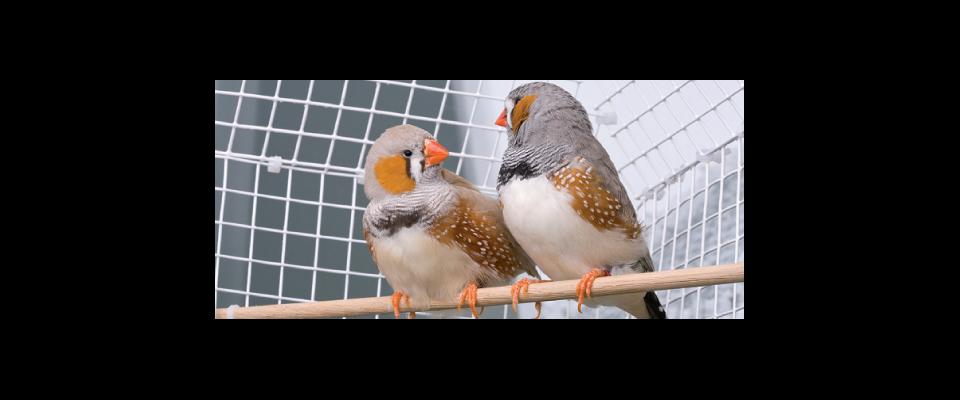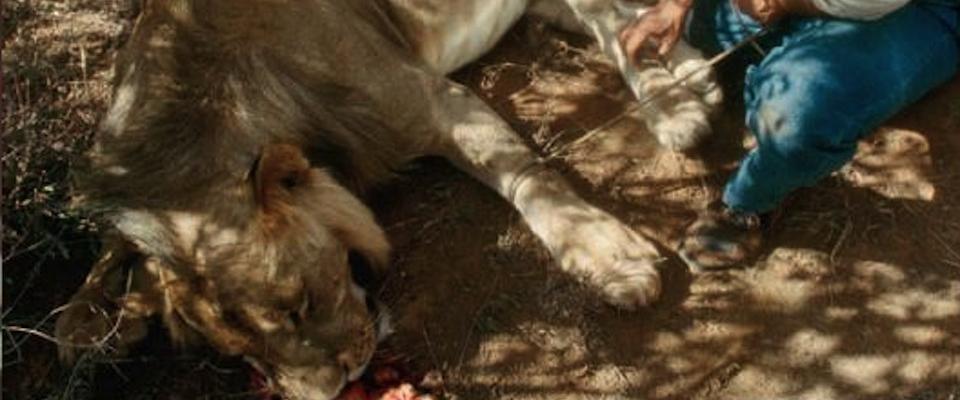Berkeley’s hyenas may help unravel the mystery of language
Some evenings in the Berkeley Hills, an unexpected sound can be heard among the usual chirps of the wrens and the chickadees: the piercing giggles of laughing hyenas, a species native to southern Africa. A colony of these creatures live in the Berkeley Field Station for the Study of Behavior, Ecology, and Reproduction, where they were added in 1985 to study the species’ unusual characteristics. Now new research shows their “laughter” is highly individualized and may play an important role in communication.
“It’s a very short sound: he,” says Frederic Theunissen, who coauthored the study. “In that [syllable], there is already information about the individual animals. They really have a signature.” Theunissen, a professor of psychology at Berkeley, and his team paired the animals up and recorded their calls, then analyzed each syllable for differences in pitch and timbre. They found that each individual animal inflects its voice in a unique way that consistently denoted its age, sex, and social status.
The findings aren’t so surprising to Theunissen, given hyenas’ intelligence. “They have a society that’s just as complex as primates’,” he explains. “Their vocal channel is very rich in terms of all the sounds that they make, but they also have really incredible body language. It’s clear that they probably have olfactory cues as well. They use everything to communicate and maintain this kind of society.”
In the wild, hyenas live in class of about 60 individuals and follow a strict hierarchy. At the top of the power pyramid are females that have higher levels of male hormones than their counterparts and are endowed with masculine features, including superior body size and pseudopenises. Next in rank come the cubs, and then the males. Within a larger group, the hyenas frequently break off into smaller units for behaviors such as hunting, and then rejoin to eat or perform other group activities. The high-pitched giggle can be heard by a distant, approaching hyena. “It’s very possible that the receivers are animals that are out of visual contact, so having information about who is giggling could be very important,” Theunissen says. “They want to know whether they want to collaborate with this individual or not.”
Theunissen has been working with the animals for the last ten years and has come to appreciate the complexity of their interactions. “It’s really interesting to watch when you separate them and bring them back together,” he says. “There’s a kind of decorum about meeting again. It’s fascinating.” He cited a 15-year-old study that demonstrates how intelligent and collaborative hyenas are. Working silently, the hyenas quickly solved a puzzle that required pulling two cords in unison to release a treat, without any training.
It may be tempting to say the hyena’s verbal and nonverbal communication abilities amount to a language. “I’m uncomfortable with that,” Theunissen says. He primarily works with songbirds, to study vocal plasticity – the ability to adapt and change vocalization – and explore the evolution of language ability. Humans can learn to make new sounds throughout our lives (such as when we study new languages), while most mammals’ calls are innate and reflexive. Some male birds, however, learn their songs from their neighbors and must practice to perfect them. Another common hyena call – the whoop – is highly variable and even changes over the animal’s lifetime, but scientists have found no evidence yet that it is earned. Theunissen finds the possibility intriguing. “That would close the gap between animal communication calls and human language in some ways,” he says.
Theunissen’s next step is to take his research to the field in Africa. He has applied for grants that will fund additional studies in the Berkeley colony and in Kenya. On a recent tour of the colony, he explained that he’s now testing whether the hyenas can distinguish between the different giggle sounds, and how that changes the animal’s behavior.
Sleek and muscular, the colony residents are strangely silent, emitting a rapid burst of giggles only when their keeper tosses them a piece of meat. Then they peer at their human visitors through the fencing, their round ears perked forward, before shuffling off into the shade.





















